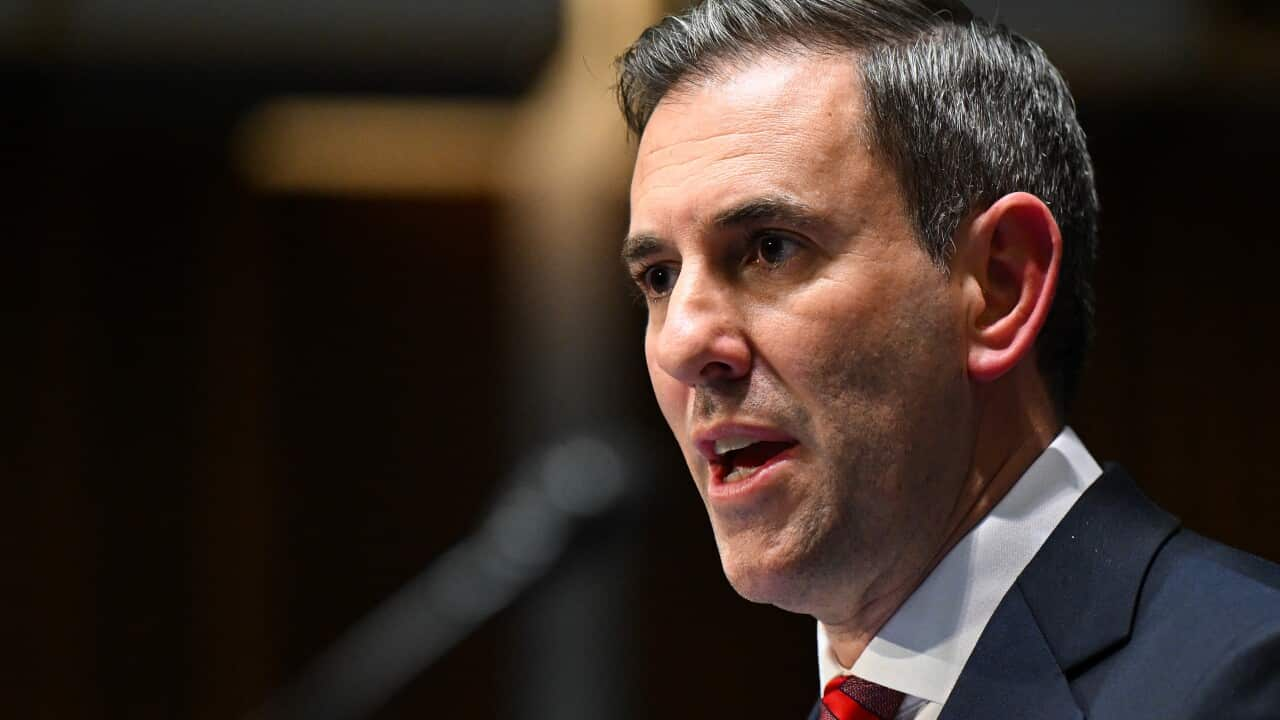The federal budget will include , as well as an increase to Rent Assistance payments and changes to paid parental leave.
These measures form part of the government’s effort to provide support with the rising cost of living, which treasurer Jim Chalmers has described as his “number one priority.”
Between December 2021 and December 2023, housing costs went up by 22 per cent, food and groceries up by 17 per cent, electricity up by 17 per cent and transport up by 11 per cent,
“People are under cost of living pressure up and down the income scale,” Chalmers told the ABC after delivering his budget to federal parliament.
“We’ve found a responsible and affordable, but meaningful, way to help people with the cost of living, not just people on low and fixed incomes, but people in middle Australia too.”
Rent assistance
The budget also provides nearly $2 billion over the next five years to raise the maximum rate of Rent Assistance by an extra 10 per cent.
This comes on top of the 15 per cent announced last September.
It’s the first time the maximum rates have been increased in two consecutive budgets for more than three decades, Treasurer Jim Chalmers said.
The change would mean an increase in the maximum Rent Assistance received by single parents or couples with one or two children increase by more than 70 dollars a fortnight.
Energy rebates
From 1 July, more than 10 million households will receive , while around a million small businesses will receive $325.
The credit will be automatically applied to electricity bills and will be applied in quarterly instalments.
The government is providing $3.5 billion for this relief.
Treasurer Jim Chalmers has delivered the 2024 Federal Budget. Source: AAP / Lukas Coch
Stage three tax cuts
One of the major changes in the budget is one we’ve known about for months — that Australians will be getting a tax cut.
The reworked version of the cuts, which provide more money to those on low and middle incomes, will be worth around $1,929 a year to those earning $90,000 a year.
But it won’t be delivered in a lump sum — it will be gradually subtracted from the tax on people’s wages from 1 July,
It follows the Low and Middle Income Income Tax Offset, . This saw tax refunds increase by around $1,000 in previous years.
Stage 3 tax cuts and how they will impact people’s pay packets.
Paid parental leave
The budget has also revealed the costings
Around 180,000 families a year receive government-funded paid parental leave, and for parents of babies born or adopted on or after 1 July 2025, this will include an extra 12 per cent paid to a superannuation fund.
The $1.1 billion measure builds on the government’s previous commitment to paid parental leave, which is gradually being increased to 26 weeks.
HELP debt help and paid placements for students
The budget will bring some relief for students and people with student debt.
On 5 May, Education Minister Jason Clare announced the government would cap the Higher Education Loan Program (HELP) indexation rate, .
The capped rate will ensure indexation matches either the consumer price index or wage price index, whichever is lower.
The government will also introduce payments for student teachers, nurses, and social workers for compulsory work placements that form part of their studies.
However, the student group Students Against Placement Poverty called the $319.50 a week means-tested payment a “slap in the face” and said it is not enough money and excludes other medical students who have to do placement but won’t get paid.
Welfare payments
Chalmers had been under pressure to increase welfare payments including the $762.70 fortnightly JobSeeker unemployment payment, which is about $55 a day.
Those living on JobSeeker payments say it’s
Unemployment payments have not been increased in the budget.
Instead, those who can only work up to 14 hours a week will get a $55 increase in their fortnightly payments, when it is combined with a higher rate of the energy supplement.
The change will mean around 5,000 people move on to the higher rate of JobSeeker payment.
The budget will deliver a $9.3 billion surplus for the 2023-24 financial year, but the Antipoverty Centre said it fails to provide meaningful relief for those locked in poverty.
“Welfare recipients are tired of being told the pennies we are thrown will somehow hold back the crushing weight of housing and other living cost increases we are dealing with,” Antipoverty Centre spokesperson and JobSeeker recipient Jay Coonan said in a statement.



